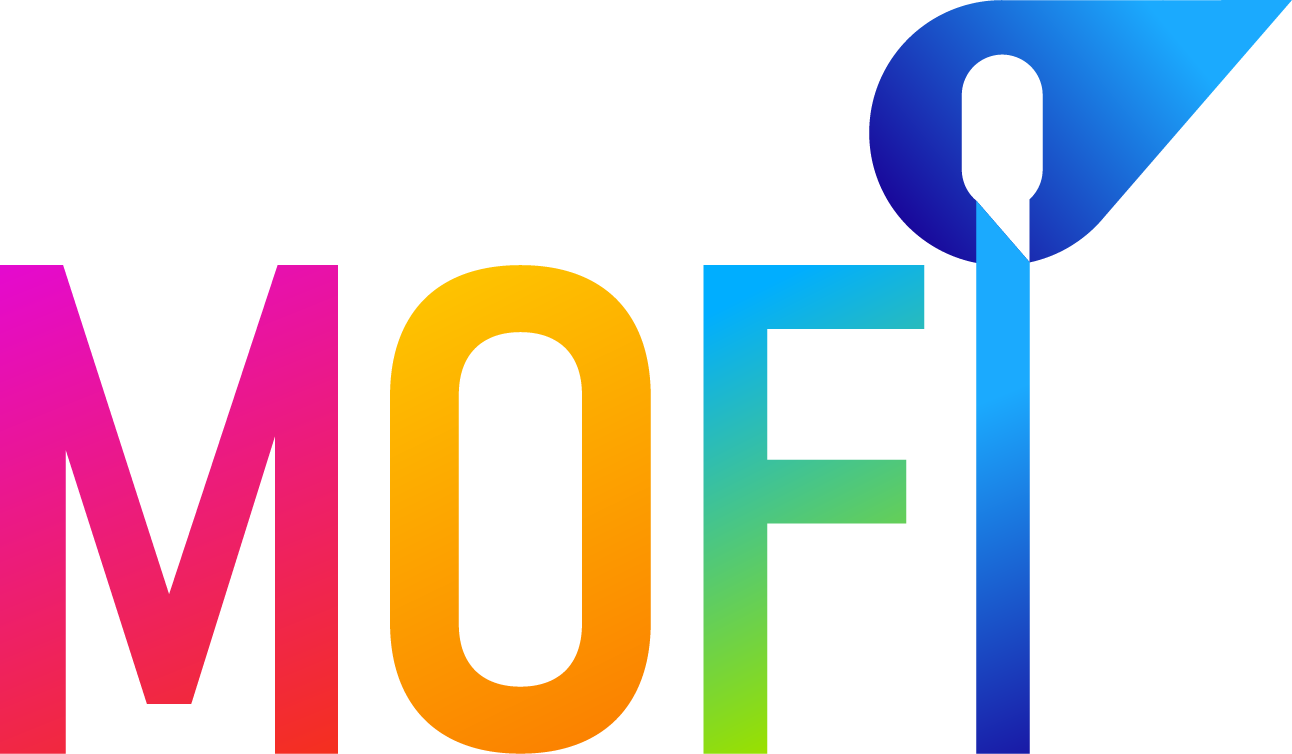Silos: The Trees Are Your Solution!!!
Last week I shared what I believe to be three key principles a leader needs to embrace when setting forth to break down organizational silos. I would like to take this week and dig a bit deeper into this subject.
For many leaders, while they understand their organization is siloed and this is stagnating their growth, finding direction can often feel like one is deep in the forest – unable to see through the trees. But herein lies the magic – the trees are often where the solutions stand. You already know “your trees” – those key stakeholders within your organization who will champion, disrupt and cultivate dynamic open collaboration and empowered decision making necessary for culture shifts and sustained organizational growth across all business units. Many trees – one forest. Many voices – endless potential!

Over 25 years ago Jack Welch championed what was then a groundbreaking concept – working across organizational boundaries and disrupting operational “norms”. Welch felt that by designing shorter decision cycles, increasing employee engagement and building a strong network of collaboration, companies could experience greater success. His theory became the GE Work-Out process and it centered around creating a “boundary-less organization.”
His idea was – and remains – genius. Provide the organization with a forum in which to collaborate and problem solve – bringing key stakeholders together to share their skills, expertise, experiences, and insights. Use your internal talent. Innovate, inspire and collaborate: all in real time with the people are invested in the success of an organization!
Decades later far too many organization still struggle from within their legacy driven organizational structures. As Ron Ashkenas wrote in his 2015 Harvard Business Review Article Still Works:
Fast forward to today, and we live in a different world. Our communications technologies have dramatically improved. Welch’s “boundary-less organization” should seemingly be the de facto reality for most companies. To the contrary, however, many organizations still have hierarchical, siloed, and fragmented processes and cultures. In fact, having to cope with a fast-changing global economy has led many companies to create even more complex matrix organizations, where it’s actually harder to get the right people together for fast decision-making”.

Recently read the book Designing Your Life by Bill Burnett & Dave Evans. Bill & Dave lay-out five mindsets for us as individuals to use, but they are also key for organizations in helping break-down silos:
- Curiosity – Be Curious
- Bias To Action – Try Stuff
- Reframing – Reframe Problems
- Awareness – Know It’s A Process
- Radical Collaboration – Ask For Help
Here is what Bill says about Radical Collaboration:
This is perhaps the most important design thinking mindset in Life Design. The best designers know that great design requires radical collaboration. You are not (and should not be) alone. An artist can create a masterpiece holed-up in a cabin in the woods but a designer cannot create the next global, behavior changing piece of hardware solo. Your life is more like a great design than a piece of art. It is a collaborative process. Many of the best ideas will come from other people, you just need to ask. Essentially, Life Design, like all design, is a team sport.
Silos have no place in our lives, let alone as an operational foundation of any business or corporation!
The sooner you build your Life Design team, the better. Engage the people you love and admire to work together to design a better lives individually – and as a community.
My challenge to you today is this: BREAK DOWN THE SILOS, both in your life and in your business!
